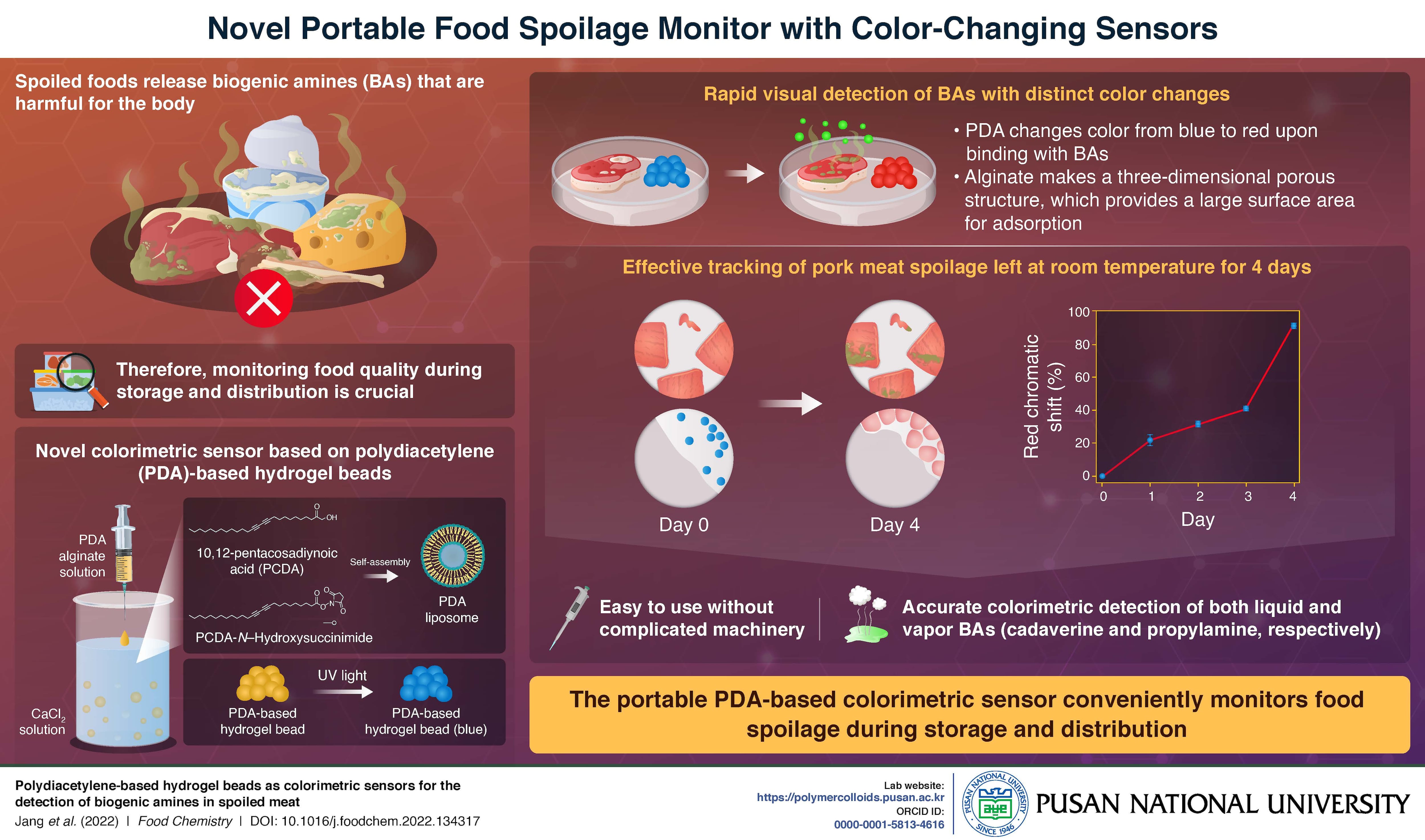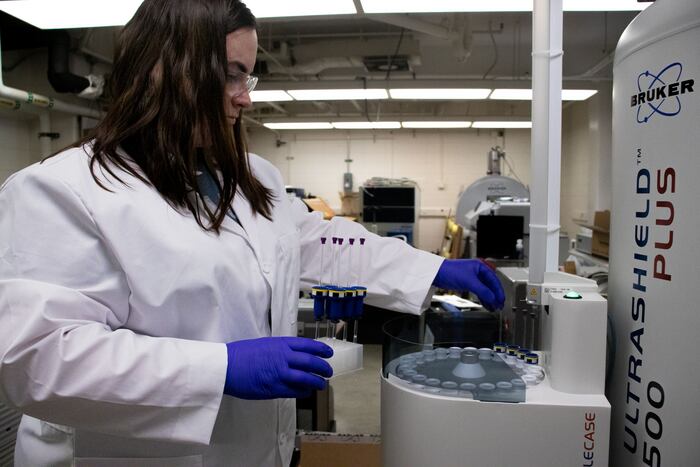The polydiacetylene-based sensor offers rapid visual detection of biogenic amines (BAs) – organic nitrogen compounds released from spoiled food that, if consumed in large enough quantities, can cause serious health problems.
This novel sensor detects biogenic amines in liquid or vapor form by changing colour from blue to red without the use of any complicated machinery.
Maintaining food quality
Professor Sungbaek Seo, associate professor of Biomaterials Science at Pusan National University, said: “The rapid and easy monitoring of deleterious BAs released from spoiled foods could alert us, prevent consumption of spoiled meat, maintain food quality, and establish further effective food storage and distribution conditions in the logistic chain.”
The team at Pusan combined the colour-changing property of polydiacetylene (PDA)-based hydrogel beads upon binding with BAs with an alginate solution that rendered a three-dimensional porous structure with a large surface area to fabricate this novel sensor.
They then demonstrated that the developed sensor beads could easily detect biogenic amines like cadaverine and propylamine both in solution and vapor forms via distinct changes in colour from blue to red.
Testing the sensor
Further tests saw the sensor used gauge the spoilage of pork meat samples left at room temperature across four days, in which the researcher found that the sensor beads could efficiently track the gradual spoilage over time by showing a distinct shift in the shade of colour.
Since the sensor is made of portable, light-weight beads, it does not require complicated analytical equipment or skilled personnel.
As Prof. Seo observed: “The portable beads could be utilized on sites for monitoring whether the food quality is okay during storage and logistic chain. Further, the beads could be applied in evaluating whether ideal food storage and distribution conditions are well-preserved.”





